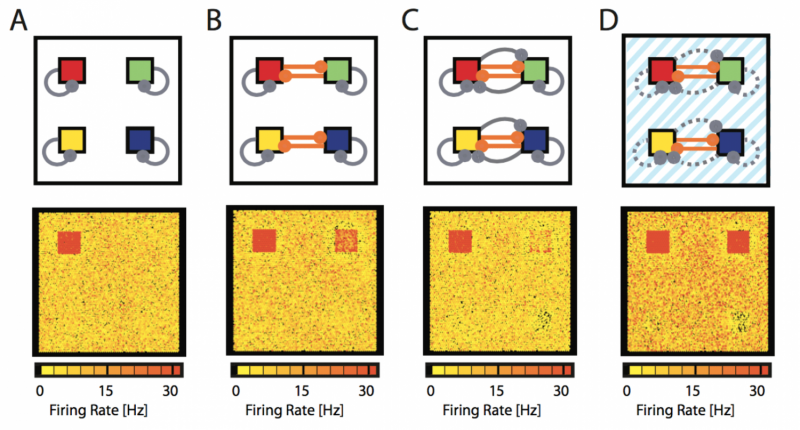'Antimemories' could revolutionise neuroscience
One the most intriguing physics discoveries of the last century was the existence of antimatter, material that exists as the "mirror image" of subatomic particles of matter, such as electrons, protons and quarks, but with the opposite charge. Antimatter deepened our understanding of our universe and the laws of physics, and now the same idea is being proposed to explain something equally mysterious: memory.
When memories are created and recalled, new and stronger electrical connections are created between neurons in the brain. The memory is represented by this new association between neurons.
But a new theory, backed by animal research and mathematical models, suggests that at the same time that a memory is created, an "antimemory" is also spawned – that is, connections between neurons are made that provide the exact opposite pattern of electrical activity to those forming the original memory. Scientists believe that this helps maintain the balance of electrical activity in the brain.
The growth of stronger connections between neurons, known as an increase in excitation, is part of the normal process of learning. Like the excitement that we feel emotionally, a little is a good thing. However, also like emotional excitement, too much of it can cause problems.
In fact, the levels of electrical activity in the brain are finely and delicately balanced. Any excessive excitation in the brain disrupts this balance. In fact, electrical imbalance is thought to underlie some of the cognitive problems associated with psychiatric and psychological conditions such as autism and schizophrenia.

How the antimemory counters the brain activity of a memory. Credit: HC Barron et al/Neuron
In trying to understand the effects of imbalance, scientists reached the conclusion that there must be a second process in learning that acts to rebalance the excitation caused by the new memory and keep the whole system in check. The theory is that, just as we have matter and antimatter, so there must be an antimemory for every memory.
This precise mirroring of the excitation of the new memory with its inhibitory antimemory prevents a runaway storm of brain activity, ensuring that the system stays in balance. While the memory is still present, the activity it caused has been subdued. In this way, antimemories work to silence the original memory without erasing it.
The evidence for antimemories so far comes only from experimental work in rats and mice and evidence from modelling. These experiments require direct recording from inside the brain using electrodes, and given that putting metal probes into human brains typically is frowned upon, scientists have not yet been able to directly support the presence of antimemories in humans.
In a paper just published in the journal Neuron, a team of researchers from the University of Oxford and University College London have come up with a clever method to determine whether human memory operates on similar lines to those of our animal cousins.
Test subjects were asked to learn a task that created a new memory. When the researchers used fMRI brain scanning to examine the brain a few hours after learning, however, they found no trace of the memory, as it had been quietened by the antimemory.
They then applied a weak flow of electricity in the area of the brain where the memory had formed (using a safe technique called anodal transcranial direct current stimulation). This allowed them to reduce inhibitory brain activity in this area - disrupting the inhibitory antimemory and thus revealing the hidden memory.
This diagram shows four coloured shapes that will be paired together by the test participant during a memory task. The two pairs of shapes are learned, with the memory represented by the orange connections between them. Having learned this pairing, the excitation in the brain caused by learning and creating the memory is balanced out by an inhibitory antimemory, represented by the new grey lines.
The yellow boxes below represent the rate of firing of neurons during this learning process. At first, before pairing, they respond only to the red square. After learning the pairing of the red and green squares, the neurons fire to either stimulus.
As the antimemory develops this association is silenced and neurons activate only in response to the red stimulus. Finally, after temporarily disturbing the antimemory, the underlying association is evident once again, with the neurons activating to either stimulus.
So it seems that in humans as well as in animals, antimemories are critical to prevent a potentially dangerous build-up of electrical excitation in the brain, something that could lead to epileptic-like brain states and seizures.
It's thought antimemories may also play an important role in stopping memories from spontaneously activating each other, which would lead to confusion and severely disordered thought processes.
Just as the mathematical theory of antimatter and its later discovery in nature and creation in a lab was hugely important to 20th century physics, it seems that the investigation of these enigmatic antimemories will be potentially revolutionary for our understanding of the brain and an important focus for the coming century.







